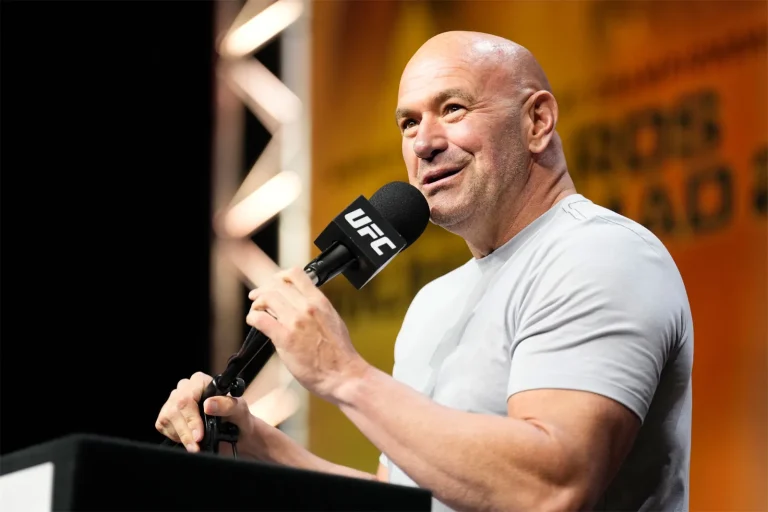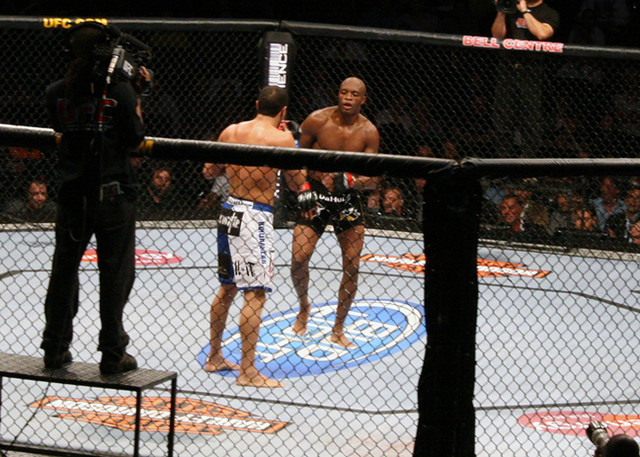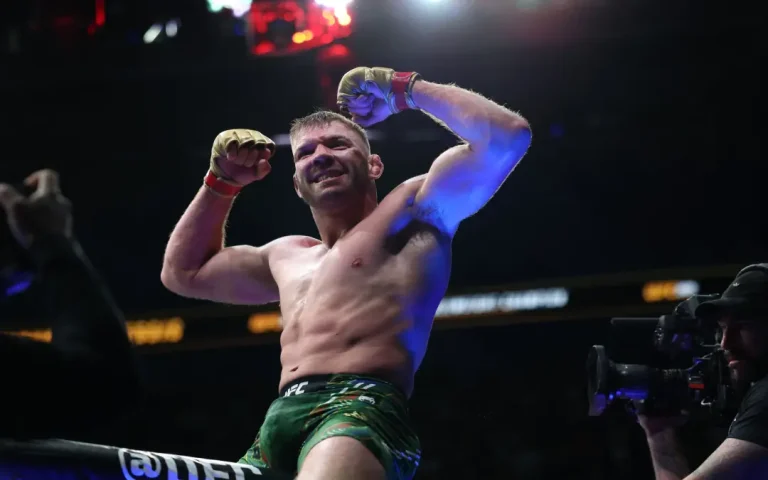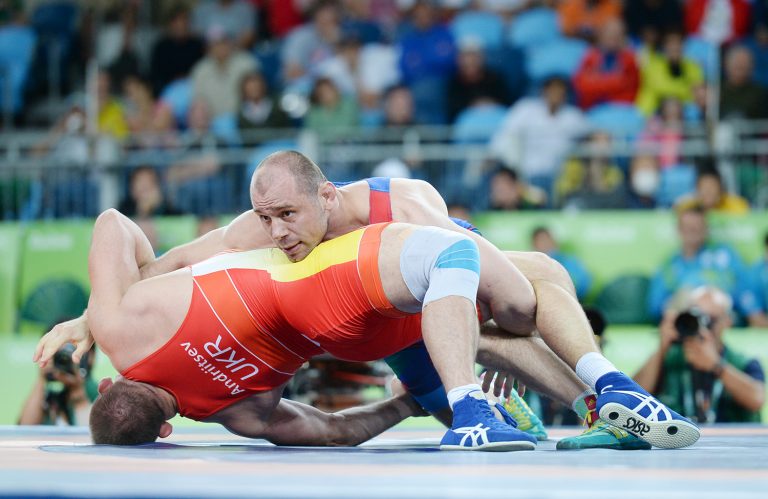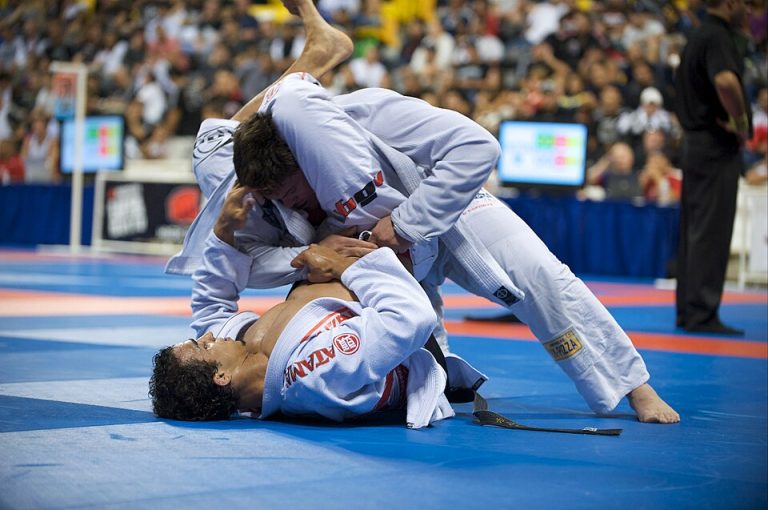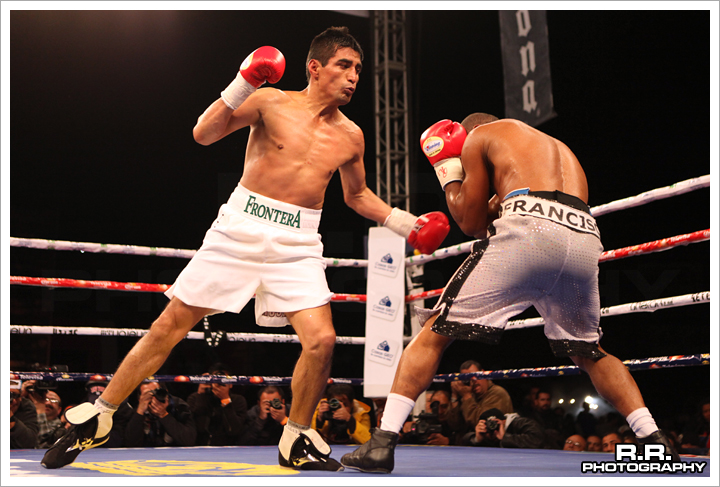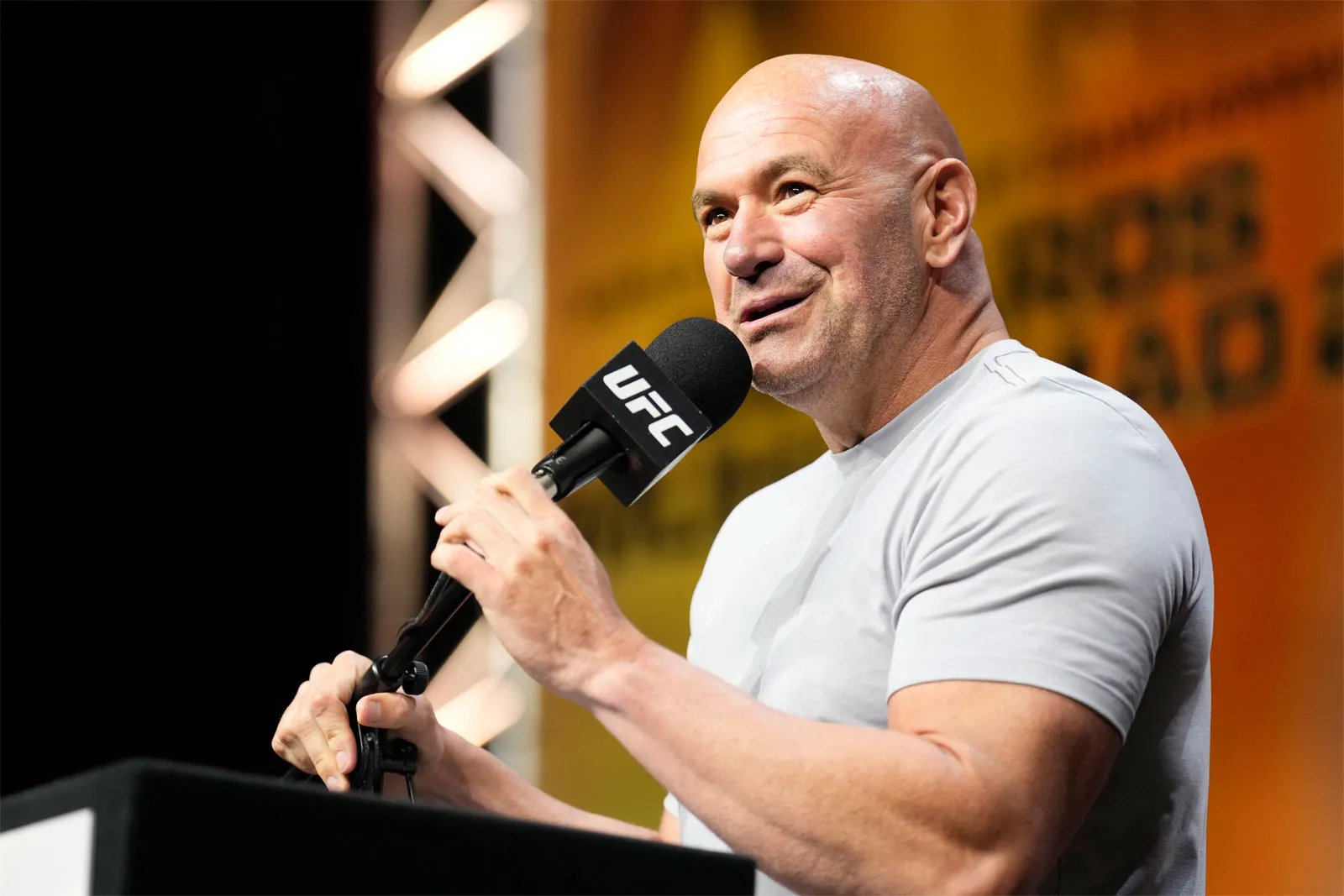
No one expected the UFC Paramount deal we were given. On Aug. 11, 2025, the fight world quietly (and then not so quietly) flipped its script. The Ultimate Fighting Championship (UFC) and Paramount announced a seven-year, $7.7 billion media-rights agreement that moves every U.S. UFC event onto Paramount+, with select marquee cards simulcast on CBS starting in 2026.
For fans, fighters, and anyone who pays attention to how sports are presented on screen, this is a vast shift that changes how you’ll watch, how fighters will earn, and how boxing and other combat sports may sell events from now on.
We break down the deal so you can use this information effectively: how it impacts your wallet as a fan and your viewing habits. For fighters, we discuss the potential impact on fighter pay and exposure, the current operation of the MMA industry, and the steps to take between now and the 2026 rollout. Read the short FAQ at the end if you want a quick checklist.
Quick take on the UFC Paramount Deal: The headlines you need to know
- Paramount bought exclusive U.S. rights to the UFC’s full slate (13 numbered events + 30 Fight Nights annually) for $7.7 billion over seven years, starting in 2026.
- All UFC events will stream on Paramount+; some big events will also air on CBS.
- The traditional pay-per-view (PPV) model for UFC numbered cards will end. Subscribers won’t pay extra per event the way they did under the ESPN+ PPV model.
- The deal is U.S. only for now; Paramount said it’s interested in buying international rights as they become available.
- The $7.7B figure averages about $1.1 billion per year, but payments are weighted (Paramount pays less early and more later).
Those five facts are the core you’ll see referenced everywhere. Below — the deep dive.
What happened, exactly? The UFC Paramount deal in plain English
Paramount (now part of a merged entity with Skydance/Skydance’s leadership) negotiated a seven-year, $7.7 billion agreement with TKO Group (the parent company of UFC). Starting with the 2026 calendar, the U.S. broadcast and streaming rights for all UFC numbered cards and Fight Nights will belong to Paramount.
Select big numbered cards will get broadcast windows on CBS — helpful in bringing casual viewers in via free broadcast TV — while the other events will stream live on Paramount+.
Paramount calls the package “exclusive” for the U.S., and the companies confirmed the PPV model will be scrapped for UFC’s numbered events under this new structure. That is a major realignment: premium fights that once cost an extra $60 to $80 on top of your subscription will be part of the base Paramount+ experience for U.S. subscribers.
Why this matters to you as a fan
Short answer: cheaper access to top fights for a monthly fee, better discoverability, and more frequent promos/sales to get you to subscribe.
Here’s a breakdown of what you should expect:
1. No extra PPV fees for the UFC (starting 2026). That means if you subscribe to the right tier of Paramount+, the previously paywalled numbered cards should be included without a separate purchase. You’ll still need to pay for Paramount+ if you don’t already subscribe. This is the biggest consumer win.
2. More ways to catch big fights. Simulcasts on CBS give the UFC national broadcast windows that can reach casual viewers who don’t stream or subscribe. That’s good for growing the sport and for folks who don’t want to rely on cable.
3. A possible change in subscription math. Paramount is investing heavily to secure the UFC. Expect the service to test subscriber prices, bundles, and promotional deals — often with the focus on the fights. That doesn’t mean every subscriber will pay more, but Paramount will optimize to recoup the investment (ads, price tiers, bundles).
4. If you’re a casual fan, you may fall into the “discoverability” trap — in a good way. More streaming availability + CBS exposure = more chance you’ll stumble into big cards. If you’re someone who only clicks when a friend texts “Watch this KO,” you may start watching more. Welcome to the rabbit hole of mixed martial arts. Anyone can get sucked in.
Why this matters to fighters (and why it might help some)
More eyeballs usually mean more value for fighters — but how that value filters down depends on contracts, revenue streams, and TKO/UFC payout policy.
1. Bigger platform = bigger exposure. With fights in front of Paramount+ subscribers and some airing on CBS, fighters — especially young stars and rising contenders — will see more exposure. More exposure can translate into sponsorship deals, higher social-media followings, and more money from non-UFC income (podcasts, appearances, brand deals).
2. Media rights money could boost fighter pay. The $7.7B figure is a massive infusion of rights money into the ecosystem. Historically, leagues and promotions invest a portion of broadcast revenue back into fighter/athlete compensation, development, and production — though the promotion contractually controls the exact split. There’s no public guarantee yet that every fighter’s pay will rise, but the math gives the UFC leverage to increase purses and athlete benefits if they choose.
3. End of PPV changes superstar economics. Previously, top fighters could receive PPV-adjacent pay via buy points and larger purses on numbered events. If PPV disappears, the UFC and fighters must design new compensation mechanisms (bigger guaranteed purses, performance bonuses, revenue-share structures, or premium appearance fees). Expect negotiation drama — but also creative deals where marquee fighters receive new bonuses tied to viewership or subscriptions.
4. More opportunities for long-tail fighters. With 43 live events per year, Prominent platforms like Paramount want consistent content. That could mean more investment in fighter development, promotion of undercard talent, and serialized content (mini-documentaries, behind-the-scenes) that helps build stars from the bottom up. More content doesn’t necessarily mean immediate pay raises for everyone, but it does create more pathways to fame and income.
What the deal means for the business side — Paramount and TKO
Paramount bought a piece of sports content it hopes will help fix a chronic streaming problem: subscriber churn. Live, must-watch events keep people subscribed year-round — perfect for a streamer trying to justify its monthly price and ad strategy.
1. Live sports as churn insurance. UFC events happen almost every week. That steady content stream reduces the “I’ll cancel after the season” mentality that plagues streaming services—Paramount plans to embed UFC as a year-round retention engine. David Ellison (Paramount’s CEO) explicitly framed the acquisition in that context.
2. Strategic timing after Skydance/Paramount changes. The negotiation came shortly after the Skydance-Paramount merger closed, and the new leadership had the appetite and capital to go big. Buying UFC fits the new management’s strategy to scale streaming and invest in live sports as a high-value asset.
3. Weighted payments reduce early cash stress. The contract’s payments are weighted — less in the early years, higher later. That helps Paramount manage cash flow while it integrates the UFC library, builds marketing plans, and adjusts subscription tiers.
4. Paramount wants international rights down the line. The initial deal covers the U.S. only, but Paramount has signaled an interest in buying international rights as they become available. That would give them a true global package — and more leverage to monetize UFC content worldwide.
This all feeds into the larger narrative: streaming companies are now willing to pay top dollar for live sports that keep subscribers paying every month.
What about ESPN and the old PPV model?
ESPN (Disney) had the previous U.S. rights arrangement and built a model where numbered events required an ESPN+ subscription plus a PPV purchase (around $79.99 for premium events). The existing system will continue through 2025, after which Paramount will take over and integrate fights into Paramount+ without separate PPV charges starting in 2026.
The old ESPN deal averaged about $500 million per year for UFC rights; the new Paramount deal almost doubles the annual value. The net result: the UFC traded a smaller, partial rights deal for a larger, exclusive distribution arrangement — a clear signal of the sport’s growth in value.
Remember: if you want to watch UFC late in 2025 — including numbered events that still use PPV under ESPN+ — you will need to follow the current ESPN/ESPN+ model until the contract term ends. Don’t expect Paramount access before 2026.
Will PPV die across combat sports?
The UFC ditching PPV for a prominent streamer is a shock, but the full death of PPV across combat sports is not automatic.
Why PPV could be at risk:
- Streaming giants can bundle premium fights into subscriber models to drive signups, which weakens PPV’s consumer proposition. Some boxing platforms and promoters already experiment with non-PPV, full-access streaming (e.g., Netflix’s top-level events or DAZN’s model in certain regions). The UFC example gives more legitimacy to the subscription-included model.
Why PPV might survive for certain fights:
- High-demand crossover boxing events (think celebrity boxing or historical novelty fights) still command premium consumer interest. Promoters who can reliably sell tens or hundreds of thousands of buys might hold on to PPV economics. Some promoters — and fighters who produce their own events — still prefer PPV’s outsized payouts for single shows.
In short, UFC’s move makes subscription inclusion more attractive and mainstream. However, PPV will likely remain an option for boxing, independent promoters, and special events that can still clear the buy threshold.
How this could change the fan experience (and the product)
Expect changes beyond the price tag. Paramount bought a content machine. Here’s what they might do to make that investment pay:
1. More original content around fights. Think mini-docs, fighter podcasts, behind-the-scenes series, and localized content. That enriches the product and builds stars who convert to subscribers.
2. Smarter promotion of undercards. With larger distribution, promoted undercard fights can become destination viewing rather than TV filler. That could speed up the creation of new breakouts.
3. Ads and tiering — expect ad-supported and premium ad-free tiers. Some tiers may include live fights; others may limit live content or delay replays. Paramount has many levers to test.
4. Cross-promotion with linear TV and events. CBS simulcasts, combined with cross-promotion with other Paramount assets, can create appointment viewing nights similar to how major sports schedule marquee regular-season games to build buzz.
Practical tips: What should you do between now and 2026?
You don’t need to panic-buy subscriptions — but here are smart moves to stay ahead.
- If you don’t subscribe to ESPN+ yet and you want to watch fights in 2025, keep an eye on ESPN+ and buy PPV for numbered cards as required. (Current rights run through 2025.)
- From 2026 onward, track Paramount+ tiers and pricing. Expect promotional bundles, trial periods, and early bird discounts as Paramount pushes signups.
- Create or clean up your fighter watch list. Rising talents may get fast promotion under Paramount’s reach. Follow rankings, lightweight contenders, and promotions pages.
- If you cut cable and rely on free streaming, note that CBS simulcasts will give you some free windows, but the whole package will be behind Paramount+. Factor that into your streaming budget.
- Consider streaming hardware upgrades if you plan to watch in 4K or want multi-room streaming.
What this means for MMA’s growth and grassroots scenes
More eyes on MMA mean more gym signups, increased regional interest, and a greater number of people curious about starting. If you’re a coach, gym owner, or trainer, expect to see:
- Boosted enrollment after big broadcasts. Satellite exposure from CBS will convert casual viewers into local gym members.
- More demand for beginner content. Now’s a good time to publish “How to start” content (like MMAMartial’s beginner guides) that capture search traffic from curious fans.
- Higher competition for talent. As the sport grows, regional promotions will need better talent pipelines and development deals. That’s good for serious fighters aiming to climb the ladder.
Potential downsides and risks
Everything in business has tradeoffs. Here’s what could go sideways:
1. Paramount raises prices. To recoup $7.7B, Paramount could test higher subscription prices or bundle strategies that make the overall cost to access UFC similar to or higher than old PPV totals for heavy watchers.
2. Ads during live events. Paramount may use ad windows to monetize heavy views, which could increase interruptions or make the broadcast different from your PPV experience. Expect bracketed ad tiers.
3. Fighter compensation isn’t guaranteed to rise. Just because broadcast rights money increases don’t mean UFC will automatically increase fighter pay across the board. The company can allocate revenue in many ways. Expect continued negotiation and some public pressure from fighters and agents.
4. Fragmentation of rights globally. Because this is a U.S. deal, international fans might see different partners or delayed access. Paramount has a 30-day exclusive window to negotiate for country rights as they become available, but global rollout won’t be instant.
The politics of the deal: Who moved, who benefited
Several players matter here:
- TKO Group (the combined WWE + UFC group) chose to maximize a U.S. rights sale and potentially create a new revenue structure for fighters and content.
- Paramount / Skydance wanted a marquee, year-round sports asset to stabilize Paramount+ subscriptions. David Ellison’s leadership signed on quickly after the Skydance merger.
- ESPN/Disney lost the UFC U.S. rights at the end of a multi-year relationship, but ESPN retained other sports assets. ESPN had previously paid much less in aggregate than Paramount will pay under the new deal.
Investors reacted quickly; analysts changed ratings and outlooks based on the strategic implications. For Paramount, it’s a bet that live sports will be a durable subscription driver. For TKO/UFC, it’s a bet that broader access and a large rights check will grow the sport and its revenue base.
Common reader questions — quick answers (FAQ)
Q: When does this start?
A: The Paramount rights begin with the 2026 schedule. Existing ESPN/ESPN+ arrangements — including PPV buys required for numbered cards — remain in place through the end of 2025.
Q: Will I need Paramount+ to watch UFC in 2026?
A: Yes — U.S. viewers will need a Paramount+ subscription (and possibly a specific tier) to watch live UFC events on the platform. Some big events will also simulcast on CBS.
Q: Is PPV dead everywhere?
A: Not necessarily. The UFC dropped PPV in the U.S. under this deal, but other combat sports and promoters may still use PPV for certain high-demand events. Expect the model to shrink but not vanish completely.
Q: Will fighters get paid more?
A: It’s possible — the right money is much bigger. But increases aren’t automatic; they depend on how TKO/UFC allocates revenue and renegotiates fighter contracts. Watch for union talk, agent negotiations, and revised bonus structures.
Q: What about international viewers?
A: This deal covers the U.S. only. Paramount has expressed interest in international rights as they become available; those will be negotiated country by country. International access will likely roll out unevenly.
What to keep an eye on next
- Pricing announcements: Paramount will announce tiers and bundles as it preps for 2026. Watch for marketing that pairs UFC with other Paramount content.
- Fighter contract changes: If the UFC revises payout structures, expect statements from fighter camps and possibly negotiations for revenue share or new guarantees.
- CBS simulcast schedule: Which numbered cards get on CBS matters for casual reach — watch the early calendar for those placements.
- International licensing moves: Paramount’s 30-day negotiation windows for country rights will pop up. If they begin to buy international rights, expect a global rollout plan.
Starting in 2026, if you want the full UFC experience in the U.S., plan to get Paramount+. The days of single-buy PPV for numbered performances are over for the UFC, which should make high-level fights more affordable and easier to find. That accessibility will likely grow the sport, boost fighter exposure, and change how promoters price events — but keep an eye on subscription pricing, advertising strategies, and how fighters negotiate new compensation models.
Read more:
How the Jab Sets Up Everything: The Most Underrated Strike in Combat Sports
20 Best Muay Thai Fighters of the Modern Era: Ultimate Guide to Today’s Legends
UFC White House Event 2026: Dana White Promises Unforgettable Pay-Per-View on South Lawn
Mexican Boxing Style: The Ultimate Guide
BJJ Sport: Can You Make It Your Full-Time Career?


